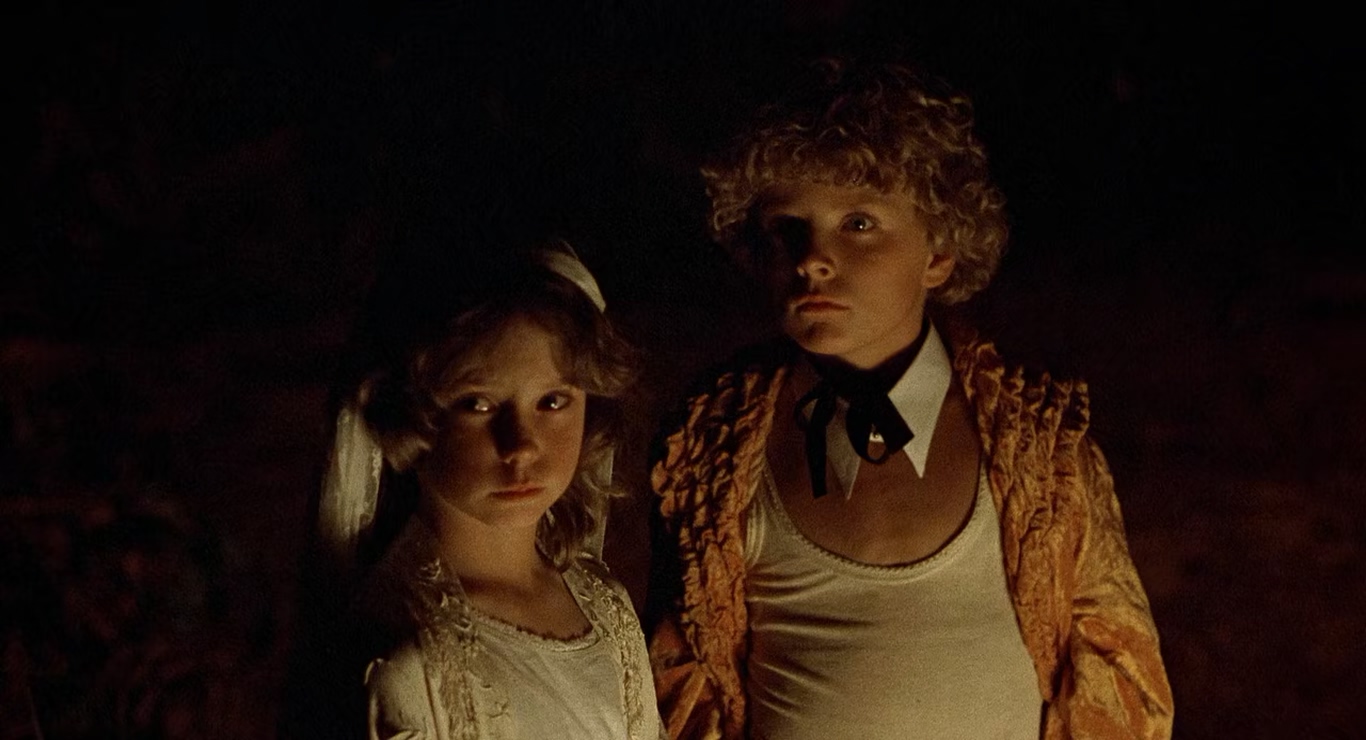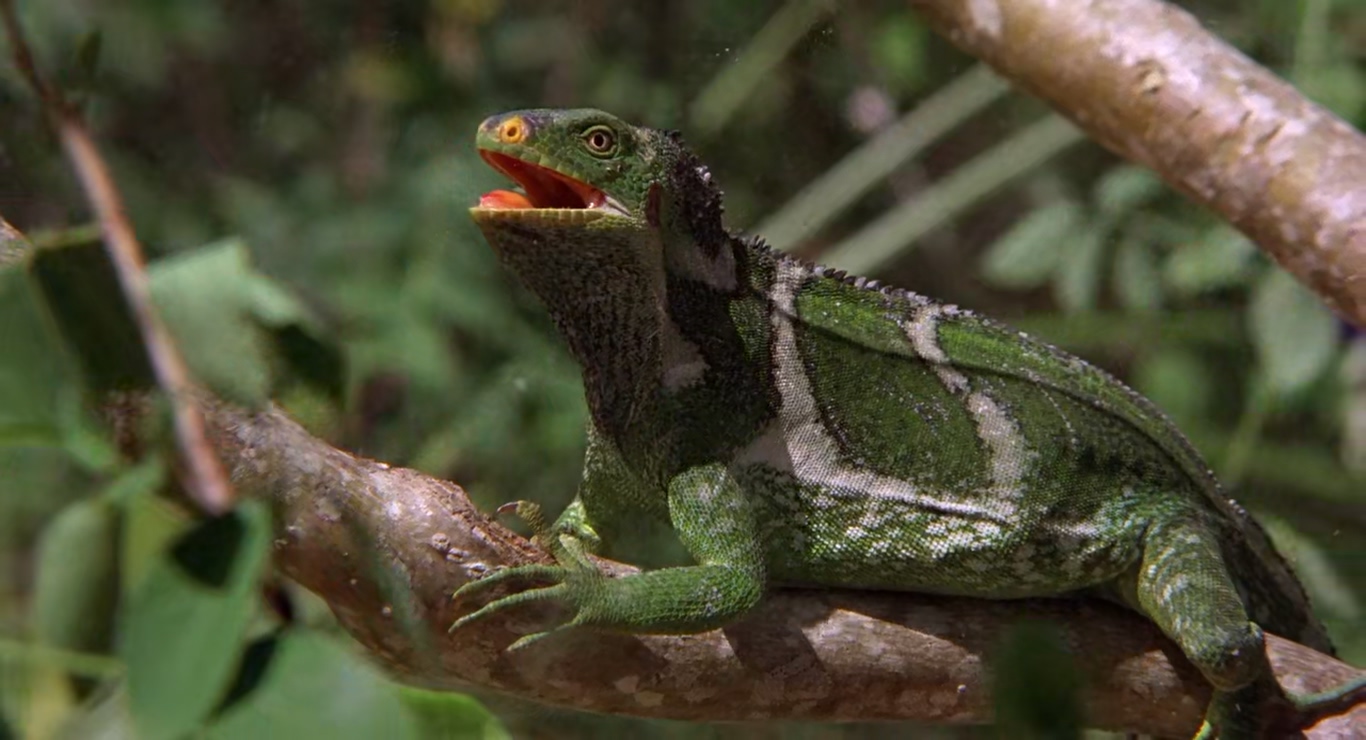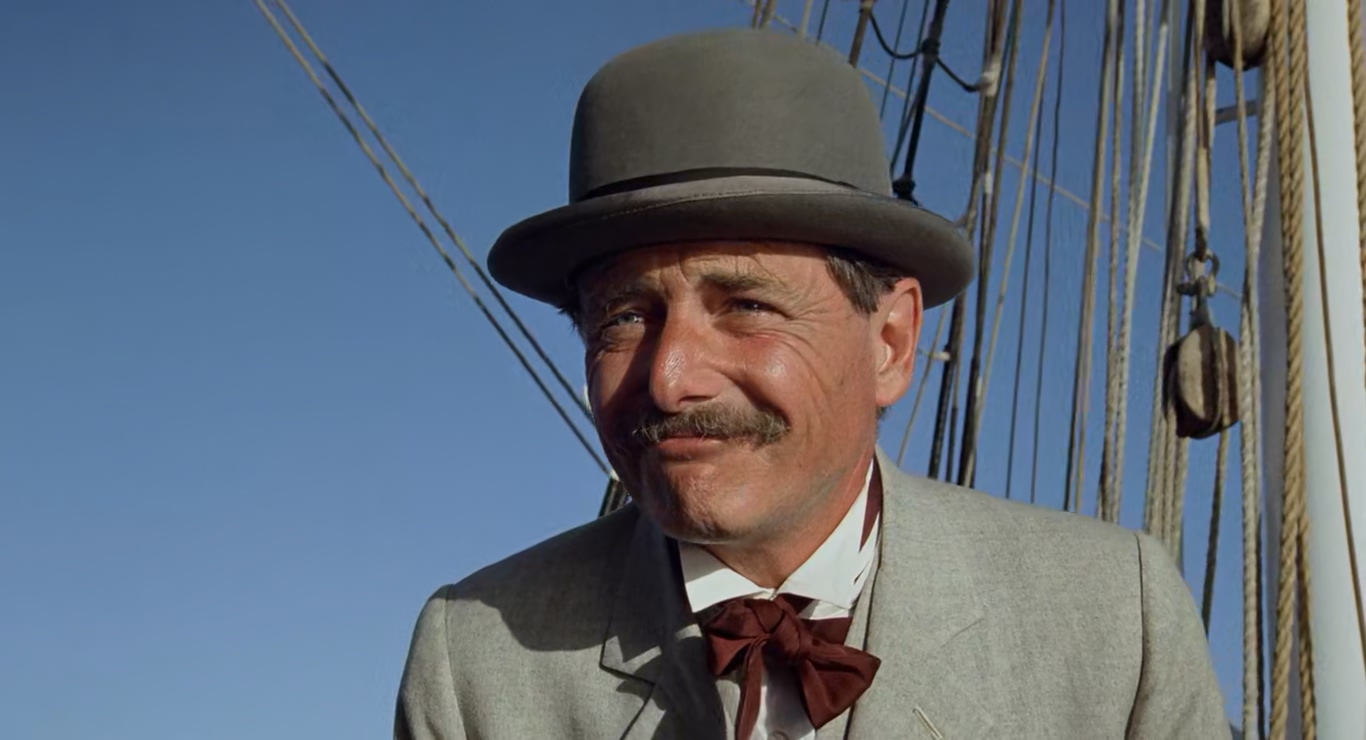A case study in point: if Robinson Crusoe had a cousin, it would look something like the 1980 taboo fantasy romance drama ‘The Blue Lagoon.’ Directed by Randal Kleiser, the movie transports its viewers into an ever-present pastoral to paint a narrative of forbidden romance. After a devastating fire in the ship of Richard’s father, Richard, his cousin Emmeline, and frolicking drunkard Paddy Buttons get stranded on a far-flung island. The cousins would continue to live on the island and rewrite the tale of the Biblical fall. The movie was bashed in the critical circles in the west, but it garnered cult recognition in countries like Brazil and Romania. While the cultural discord and the movie’s naivete are fascinating, you must wonder if the shipwreck story is based on actual events. In that case, allow us to veer further into the rabbit hole.
Is The Blue Lagoon a True Story?
No, ‘The Blue Lagoon’ is not based on a true story. While the movie may hold nostalgia for a bygone era when the world was full of wonders, its core is fictional. Randal Kleiser directed the film from a script penned by Douglas Day Stewart, the director of ‘Thief of Hearts.’ Stewart borrowed the narrative from the 1908 book of the same name by Irish author Henry De Vere Stacpoole. The book was a favorite for Kleiser, who toyed for long with the idea of developing the novel into a movie. He commissioned Stewart, asking him to write a screenplay from the book. However, Kleiser was by no means the first person to consider adapting the naughty fantasy novel into a movie. In 1923, William Bowden and Dick Cruickshanks teamed up to direct a silent film on the book.

Frank Launder, a famous transition-era British writer-director, came up with another version in 1949. Jean Simmons and Donald Houston essayed the central roles. This time, the film narrative had speech and even colors, and like the Kleiser movie, it was also filmed in Fiji. However, the 1980 version was the first major Hollywood studio outing for the book, as Colombia Pictures was overseeing production. Kleiser (‘Grease‘) had long wanted to make a film on the book after watching the treatment of the theme in Jim McBride’s 1971 post-apocalyptic venture ‘Glen and Randa.’ He was fascinated with the idea of how children struggle to survive in a world without elders.
The movie created a lot of controversy for its casting choices. The main point of contention for the critics was that Brooke Shields was fourteen at the time, and it was incredibly awkward since the movie contained a lot of nudity. The book is culturally pertinent in its sensuous tingling, and the film could not match the heat of the book. Shields herself auditioned for the role, and even then, she was not the producers’ first choice. The director’s first choice for the female lead was Jennifer Jason Leigh and, consequentially, Diane Lane.
Willie Aames was set to act against Lane in the central pair, but they called off days before the scheduled shoot would begin after differences over the nude scenes. The director was desperate, and he decided to film the movie with Shields as the female lead. However, as a minor, Shields was clothed for most of the scenes, and Kathy Troutt, the stunt coordinator, performed most of the nude scenes herself. Even in the settings where Shields had to be topless, she had her hair glued on her chest, but she performed most of the scenes clothed.

On the other hand, Christopher Atkins, who was eighteen at the time of the filming, did most of the nude scenes himself. Consequently, Atkins got a few offers from other directors and producers who wanted to showcase his buttocks. However, in some settings, Atkins had to opt for a double. A seaplane pilot, among the flying staff and crew from the Fiji mainland to the island, performed some of Atkins’ scenes with Kathy. While the story is fictional, the natural flora and fauna that the movie showcases hold some beauteous truth.
The cannibal dance sequence was an actual tribal dance among the Fiji natives. Moreover, the movie resulted in discovering the Fiji Crested Iguana, which was subsequently an undiscovered species. Unbeknownst to him, the cinematographer captured the species on camera, earning the attention of the University of the South Pacific herpetologist John Gibbons, who discovered the species. Therefore, while the movie is not based on actual events, there are incidental truths in the film that make the venture worthwhile.
Read More: Is The Blue Lagoon Based on A True Story?


You must be logged in to post a comment.